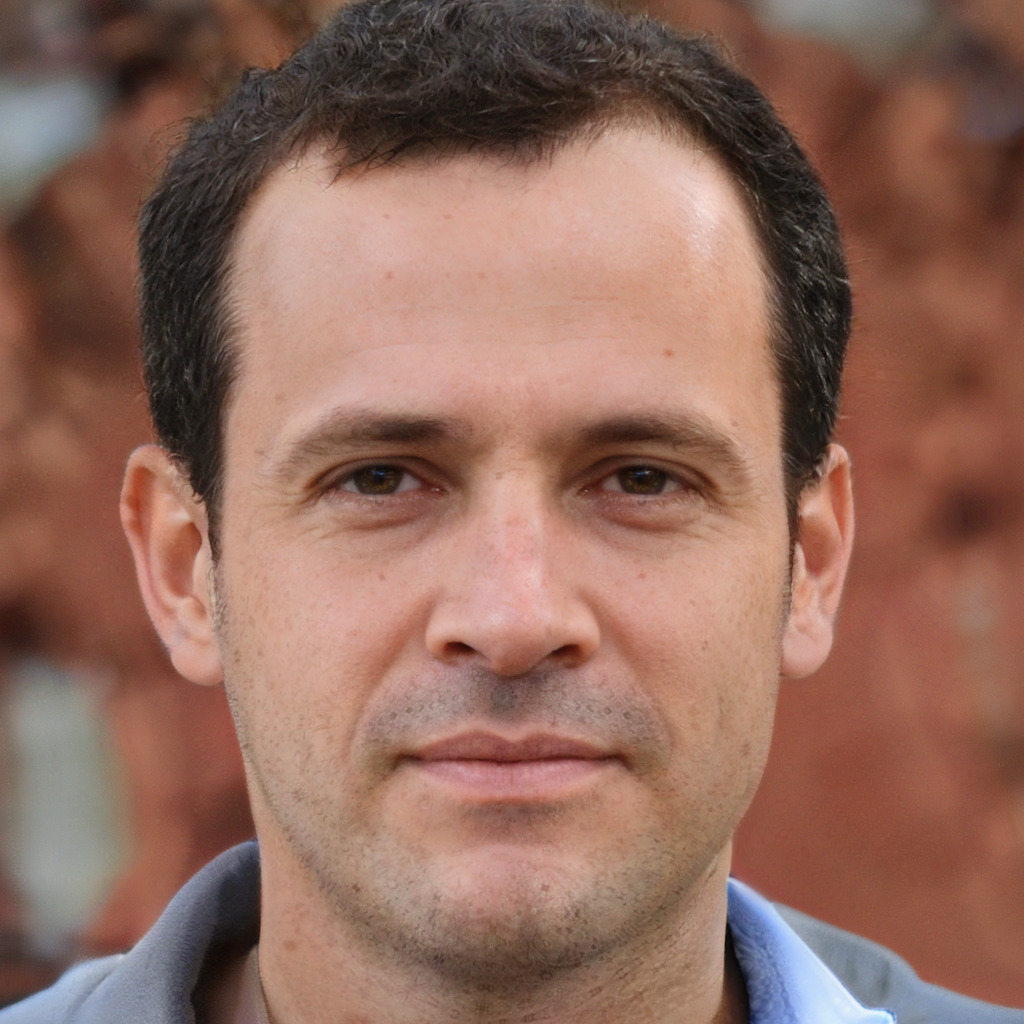Mold Inspections in LA: Why Every Homeowner Needs This Service

Los Angeles may be famous for its dry heat and sunny skies, but hidden within its vast urban sprawl are homes vulnerable to moisture and mold. Plumbing leaks, poor ventilation, and older buildings contribute to hidden mold infestations that threaten both property value and indoor air quality. That’s why mold inspections in LA are more important than ever for both homeowners and renters.
Why Mold is a Hidden Threat in LA
Despite LA’s dry reputation, many neighborhoods regularly experience moisture-related issues. From coastal fog and humidity in Santa Monica to seasonal rain in the Valley and poor drainage in hillside homes, conditions are often just right for mold to grow.
Common mold causes include:
Leaky roofs or skylights
Faulty plumbing or old pipes
Damp basements and crawlspaces
Inadequate kitchen or bathroom ventilation
HVAC condensation or blocked ducts
Many homes in LA, especially those built before the 1980s, weren’t designed with today’s moisture control standards. That’s why professional mold inspections in LA are a proactive step every property owner should take.
What a Mold Inspection Really Involves
A thorough mold inspection goes far beyond just checking for visible mold spots. Professionals are trained to detect early signs of moisture damage and spore contamination—even when there are no clear symptoms.
Here’s what to expect during a full mold inspection in LA:
Visual Assessment: Inspectors examine walls, ceilings, floors, and problem-prone zones like attics, basements, and air vents.
Moisture Testing: Tools like infrared cameras and moisture meters are used to detect hidden dampness behind surfaces.
Air Sampling: Devices capture airborne spores in multiple areas to test indoor air quality.
Surface Sampling: Swabs and tape lifts are taken from suspicious areas to analyze the mold type.
Detailed Reporting: Within 24–48 hours, clients receive a digital report including lab findings, images, and expert recommendations.
This process ensures that both visible and invisible threats are identified so the right corrective actions can be taken.
When Should You Get a Mold Inspection in LA?
Mold can begin developing within 24–48 hours of moisture exposure. Here are ideal times to schedule a mold inspection in LA:
After a flood, roof leak, or plumbing issue
Before buying or selling a home
If you smell musty odors
When someone in the household has unexplained allergies
As part of regular maintenance for older or coastal properties
In rental properties, mold inspections can also serve as legal documentation if disputes arise between tenants and landlords.
Health Dangers Linked to Mold Exposure
Ignoring mold isn’t just a property risk—it’s a health hazard. Mold spores can release allergens, irritants, and mycotoxins that trigger various symptoms:
Asthma and bronchitis flare-ups
Persistent sneezing or coughing
Itchy skin, red eyes, or sinus congestion
Fatigue or headaches
Increased sensitivity in immunocompromised individuals
For families with children, seniors, or those with pre-existing conditions, mold inspections in LA are a must for creating a safe home environment.
Cost of Mold Inspections in LA
The price of a mold inspection depends on the property size, age, and extent of testing required. Below is a general cost guide for LA residents:
| Inspection Type | Price Range |
|---|---|
| Basic Visual Only | $250 – $400 |
| Air Quality + Surface Testing | $400 – $750 |
| Full Property Mold Report | $500 – $900 |
| Post-Remediation Verification | $200 – $350 |
Some companies offer bundled services that include inspection, lab testing, and post-cleanup verification for a reduced total cost.
Choosing the Right Mold Inspector in LA
Not all mold inspection services are created equal. For accurate, trustworthy results, consider these tips when choosing an inspector:
Ensure they are certified (IAC2, ACAC, or NORMI)
Look for experience with Los Angeles property types
Ask about lab affiliations and turnaround times
Read recent reviews from local clients
Confirm that the inspector does not perform mold remediation (to avoid biased reporting)
A reputable inspector will provide objective results and clearly explain the findings.
High-Risk Neighborhoods and Building Types
Certain areas in LA are more prone to moisture-related mold issues due to location, age, and architectural design:
Venice & Santa Monica: Constant exposure to marine fog and humidity
Hollywood Hills: Older hillside homes with poor drainage and foundational moisture
Downtown LA: High-rise apartments with sealed windows and limited airflow
Mid-City & Koreatown: Densely packed buildings with shared ventilation systems
Sherman Oaks & Valley Glen: Prone to sudden stormwater pooling and outdated HVAC systems
If you live in one of these neighborhoods, annual inspections are a wise preventive measure.



